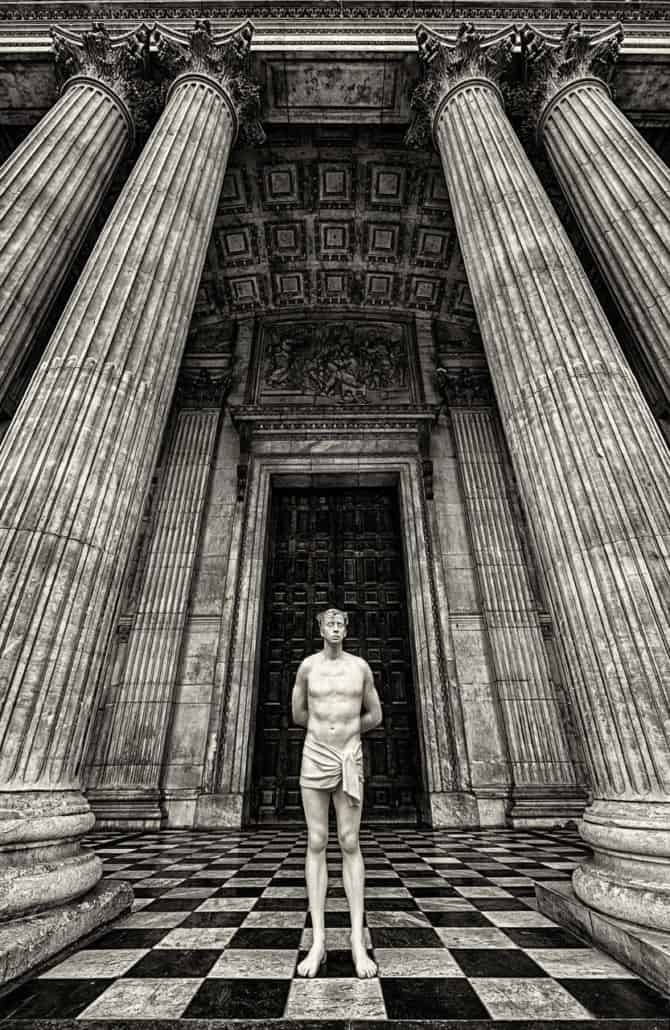Tag Archive for: Monochrome
2019 North Shore Salon
Delighted to win a plethora of awards including seven medals at this year’s North Shore Salon! “Don’t enter again please” said one of the volunteers who helped out on the opening night…
“I am very excited to win these prestigious awards” says Ilan. “I am a portrait photographer, so winning both Gold and Silver in the People category is especially meaningful to me. I first entered this wonderful competition in 2010”, says Wittenberg “and it’s a big honour even to get an Acceptance”.
Established in 1995 by the North Shore Photographic Society [NSPS], the North Shore National Salon of Photography aims to promote the art of photography in New Zealand through a respectful and inspiring annual event. Founded in 1954, the NSPS has 150 members ranging from amateurs to professionals and from beginners to experts. Affiliated with the Photographic Society of New Zealand, it is part of a network of photographic clubs and societies across New Zealand. Each year, the Salon has run a competition for New Zealand photographers, with the 2019 Salon attracting 1,800 entries from 600 entrants including members from 33 photographic clubs and societies from Whangarei to Southland and overseas. The Salon convenes independent panels of six selectors to judge entries in various categories such as Impressionism, Scapes, People, Open, Abstract, Fantasy, Street Photography, Monochrome and Colour.
All awarded prints and digital images will be publicly exhibited at Mairangi Arts Centre and all accepted photographs are reproduced in a beautiful printed catalogue. The show is currently exhibited at Mairangi Art Centre until June 17 – entry is free.
Where
Mairangi Bay Art Centre, 20 Hastings Rd, Mairangi Bay, Auckland
When
Mon-Fri 9:30am-4pm
Sat-Sun 10am-2pm
Honours – 2019 North Shore Salon – Open category, digital
Drought
This image represents drought. Climate change has brought drastic changes to many regions on earth. Global warming is causing severe drought. Huge areas that were once fertile are no longer suitable for agriculture. Millions of people are already impacted by these catastrophic changes. A deadly civil war in Syria has erupted when the government decreased the allocation of irrigation water to farmers. Vast regions in Iran are no longer cultivated and the population is helpless. They cannot grow any fruits or vegetables. The earth is dry and so is the woman’s skin, both are cracked. The woman is bare, she is completely exposed – just like our land. This is a desperate call to stop the devastating impact of industrial pollution on our planet.
The Maasai
Woman on a Tree
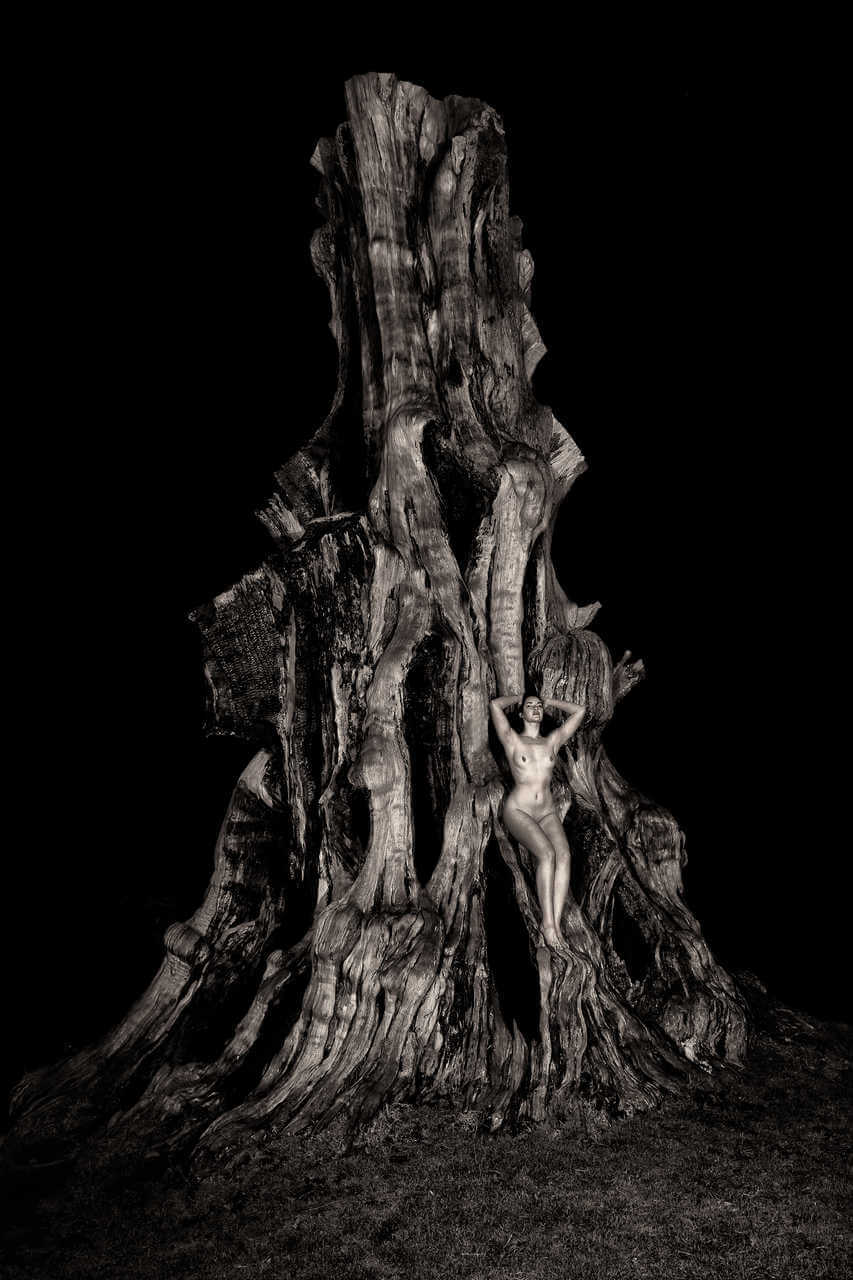
Gold Award – NZIPP 2019 Iris Awards
Woman on a Tree is an exploration of opposing forces: life and death, young and old, power and vulnerability, soft and hard. Its pertinence lies in the symbolism of contradictions. Contradictions are all around us.
Humans continue to exploit and overwhelm the natural environment with industrial pollution despite global warming, and its ever present impact on earth. The dead tree, scarred from fires, represents mother nature’s vulnerability to the forces we inflict upon her. I explore the paradox that humanity needs trees to live, yet we keep cutting them down. Despite the beautiful environment being subject to incessant abuse, western society considers itself to be thriving, ignorant to greater issues.
The interaction between the human form and the tree is like a love dance. An intimate moment, where the body caresses the tree and with that, offers a gentle apology, a moment of compassion. Humans can empathise with nature’s scars. We have scars too. Some are visible and others are hidden: scars from neglect, abuse, addiction or violence. We have the power to conceal our scars yet the tree is forever exposed.
This woman is bare, reflecting the state of the tree. Demonstrating that despite paradoxical contradictions which taint our relationship with earth, we can still find comfort, as she does here. Comfort in one’s skin and comfort in the company of nature. The story that accompanies this piece invites the viewer to reflect on their own identity politics, creating a moment to contemplate our complex relationship with nature.
I depict the woman in her most natural state, one with nature. By embracing the human form in all its glory and portraying the woman and tree side by side, it is my vision that the viewer embraces nature as a precious ephemeral organism that needs to be cherished and protected.
Stuff Article: Ilan Wittenberg exposes the Bare Truth
Photographer Ilan Wittenberg exposes the Bare Truth in portrait exhibition
A former drug addict, a burns victim and a burly builder are hardly typical male models.
But these men – and around 100 more – are the subjects of an Auckland photographer’s latest exhibition.
Ilan Wittenberg began his project, Bare Truth, a year ago, with an idea to portray New Zealand men as they truly are.
Bare-chested, blemished, scarred, and tattooed, the men’s histories are etched on their skin. One of the men had received skin grafts as a child – a pot of boiling jelly had ended up on his chest. Another has a prayer inked onto his arm.
“It’s interesting where people find strength,” Wittenberg says.
At first, his subjects were friends and family (Wittenberg’s 21-year-old son is among the men featured in the exhibition).
But as his collection and his confidence grew, Wittenberg began approaching strangers on the street. Market-goers, roadworkers, hedge-trimmers – any man who looks like he might have a story to tell.
“Out of every 10, four say ‘no’, four say ‘maybe’, two say ‘yes’, and one shows up.”
Wittenberg spent an hour speaking with the men before they went in front of the camera, asking them about their families, jobs, and the tales behind their tattoos.
The first photograph was of a friend who’d resisted participating in the project until the day before he departed New Zealand forever.
“He wasn’t very tidy – not scruffy, but he didn’t take great care of himself,” Wittenberg says of the man.
“In the photograph, you will see he puts his hand up to chest and he touches his heart… he has a little bit of sadness in his eyes.
“I thought, ‘this is real’.”
Wittenberg has about 100 photographs in the Bare Truth collection. Each of his subjects received an A4 copy of their photo, as thanks.
Some of the men were happy with the result, others felt confronted by the image.
“They didn’t actually show it to their wives, because they never saw themselves that way,” Wittenberg says.
The series is inspired by the work of famed photographers Robert Mapplethorpe and Platon. Shot before a blank background and converted into monochrome, the photographs depict a stark spectrum of Kiwi masculinity.
“When people look straight into the camera they actually look at the person on the other side, they look at the person who views them, and you can read their eye, you can actually see their soul – that’s what I felt.”
Bare Truth is Wittenberg’s third exhibition this year, showing in Sydney earlier this month, and in Auckland in June.
While images of topless women have become cliches of Western society, there’s something about a photo of a shirtless man – unretouched – which makes observers take a closer look.
“We see thousands of photos every day – on social media, in magazines, on tv, on the internet, billboards – and we ignore…” Wittenberg says.
“If you go to an exhibition, it’s not like looking at something on the computer… you stand in front of a photograph… and you let it talk to you.”
Visitors to the Sydney exhibition offered a range of interpretations, Wittenberg says.
“They say this person is looking very confident, very strong. And that person looks a bit… shy, and that person looks dangerous like, I wouldn’t want to meet that guy down a dark alley or something like that.
“It’s so interesting how in a fraction of a second we judge other people, even when they’re not there, just based on their body language – their eyes, their shoulders.”
But Wittenberg hopes the exhibition will also raise awareness of men’s health issues. Without a shirt, it’s difficult to hide the hallmarks of past surgeries, or chemotherapy.
And the camera offers insight into the soul.
“When people look straight into the camera they actually look at the person on the other side, they look at the person who views them,” Wittenberg says.
“You can read their eye, you can see their soul – that’s what I felt.”
Wittenberg emigrated from Israel with his wife and two children in 2001. The North Shore resident had been working as a business analyst before he took up portrait photography full time in 2011.
While portraits pay the bills, the Bare Truth project was a labour done for love, not money.
Quoting business leader Stephen Covey, Wittenberg says: “We’re here to live, to laugh, to love and to leave a legacy.”
“We’re not getting any younger… my legacy is about pictures I do.”
Bare Truth will be exhibited at Northart gallery in Northcote, Auckland from June 5 – 22. Admission is free.
The exhibition will also feature in the 2016 Auckland Festival of Photography.
Beautiful Kemi
I received an email from beautiful Yemi with the title “Model from the USA”! It turned out that Yemi is also a fashion designer who was staying in Davenport for holiday and was looking to get a few editorial shots to add to her portfolio. Yemi was flying back to the States then next day so we quickly got together to create a series of beautiful portraits. During lunch, Yemi was very hungry and said she might be pregnant… We spoke about the possibility of her having an abortion when Yemi explained that her mom conceived her behind stage at the end of a rock concert and that her mom chose to keep her. Yemi is now a proud single mom.
Emil Bilinski
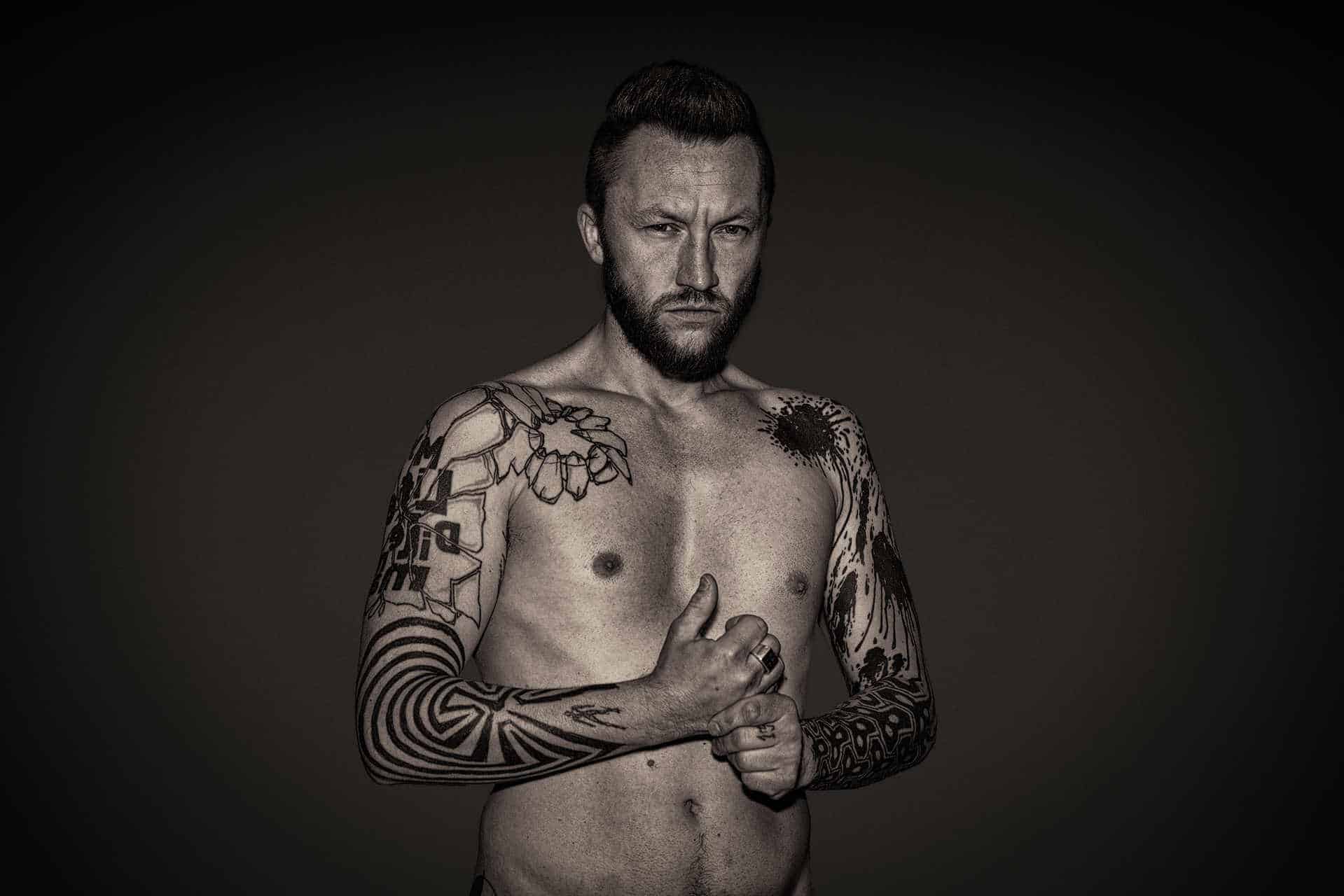
Portrait Photographer Auckland
Austrian photographer Emil Bilinski lives and creates between Warsaw, Berlin and Vienna. His work is internationally recognised throughout Europe and Australia. A member of the Ilford masters, the Coloratti Pro and the Rotolight masters of light. His professional path started at the side of Andreas Bitesnich. Throughout 20 years of his career, Bilinski has collaborated with remarkable artists, including Anne Leibovitz, Peter Lindbergh and David La Chapelle. His editorial work featured in renowned publications, such as Harper’s Bazaar, Cosmopolitan, Elle, Matador, Diva, Women, Playboy, Schön, Sunday Times Perth and others. He is frequently a jury member at the tv modelling competition shows such as Top Model (Austria and Poland) and Supermodel. Emil Bilinski specialises in beauty, fashion and commercial photography. He created signature campaigns for L’oreal, Carlo Rossi, Timotei, Wella, Sebastian Professional, Samsung and Braun among many others. His photographs have continued to contribute to the Schwarzkopf Austrian hairdressing award for the last 11 years. His imagery inspires with subtlety of aesthetics, timeless vision, remarkable perception of reality and meticulous approach to the construction of light.
Beauty and the Beast
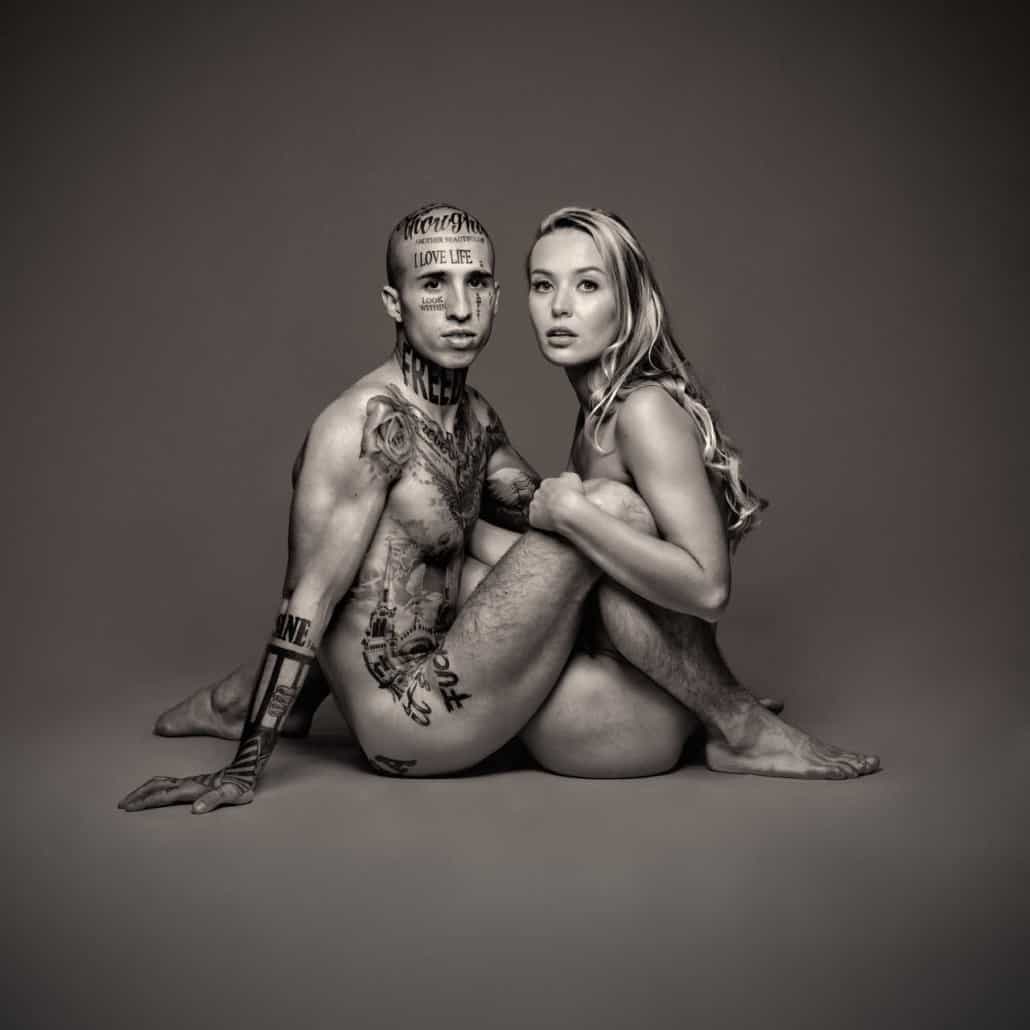
Silver with Distinction – NZIPP 2018 Iris Awards, Portrait In-Camera artistry
Trellic Tower
Trellick Tower is located on the Cheltenham Estate in Kensal Town, London. Opened in 1972, it had been commissioned by the Greater London Council and designed in the Brutalist style by architect Ernő Goldfinger. The tower was planned to replace outdated social accommodation, and designed as a follow up to Goldfinger’s earlier Balfron Tower in East London. It was the last major project he worked on, and featured various space-saving designs, along with a separate access tower containing a plant room.
High-rise apartments and Brutalist architecture were falling out of favour by the time the tower was completed, and it became a magnet for crime, vandalism, drug abuse and prostitution. Its fortunes gradually improved in the 1980s after the establishment of a residents’ association. Security measures were put in place and a concierge was employed, which led to lower crime levels. By the 1990s the tower had become a desirable place to live, and although it still contains predominantly social housing, demand for private flats has remained high. A local landmark, it has retained its distinctive concrete facade as a result. A fire broke out in 2017, but the concrete structure meant damage was limited, unlike the nearby Grenfell Tower. Trellick Tower has featured on film and television several times. The tower is 98 metres tall. It has a long, thin profile, with a separate lift and service tower linked at every third storey to the access corridors in the main building, which overall has 31 floors. Flats above and below the corridor levels have internal stairs, while the 23rd and 24th floors are taken up by maisonettes split over the two floors.
The service tower has two additional floors higher than the main building, which includes a projecting plant room that holds the main heating system. It is fully linked by stairs in addition to the lifts, and also has a refuse chute mechanism. The majority of the plant and the hot water storage tank is located in the plant room, which reduces the need for pumps and reduces the amount of pipework needed. Shorter pipe runs also reduce heat loss. The oil-fired boilers originally used became obsolete due to the 1973 oil crisis, the year after the tower opened. The flats now have electric heaters and the plant room, although disused, still houses most of the now defunct mechanism.
Goldfinger designed the entire tower block freehand on butcher’s paper. He planned various communal areas, and purposefully put slight variations in the structure so that each apartment would look different. Throughout, quality materials were used in construction, including better fixtures and finishing the balconies with cedarwood. It it was intended to be a good example of social accommodation alongside modern design.
Goldfinger had been encouraged to construct Trellick Tower by the London County Council. He took his inspiration from Balfron, where he had moved into one of the apartments in order to experience what life would be like for the tenants, and invited residents round for regular cocktail parties to tell him their likes and dislikes. This feedback was incorporated into the design of Trellick Tower. Many immigrants from the West Indies and the Caribbean settled in Trellick Tower, as for them it was one of the few affordable places to live in London. Construction costs ran to £2.4 million.
By the time Trellick Tower opened, high-rise tower blocks were becoming unfashionable. Goldfinger had intended that tenants should to be vetted for suitability, and petitioned the Council for the building to have proper security and a concierge but to no avail. This meant that the building was open access, and rough sleepers and drug criminals took up residence in its corridors. Drying rooms on the ground floor, designed by Goldfinger to stop tenants hanging laundry on the balconies, were vandalised before the tower block opened.
By the late 1970s Trellick Tower was a scene of crime and anti-social behaviour, and many tenants were very reluctant to move in. On one occasion vandals set off a fire extinguisher on the 12th floor, with water from the sprinkler system flooding the lifts and leaving the tower without electricity, heat or running water over the Christmas period. A pensioner was forced to use the stairs after all the lifts were out of order, and subsequently collapsed and died. On the 15th floor, a 27-year-old woman was dragged from one of the lifts and raped. The tower became nicknamed “The Tower of Terror” and residents attempted to be re-housed. In 1982 a man was killed after jumping off the top of Trellick Tower when his parachute failed to open. He was a member of a group of dangerous sports enthusiasts who were interested in jumping off fixed objects.
With the introduction of the “right to buy” council homes, several of the flats were bought by their tenants. On 8 October 1984 a new residents’ association was formed. As a result of pressure from the occupants, several security improvements including a door entry intercom system were installed and a concierge was hired in 1987. In 1994 residents in the tower, along with other residents in Kensington & Chelsea council properties, elected to self-manage the properties, in order to avoid increased rents and the threat of eviction.
In 1991 Sand Helsel, Professor of Architecture at RMIT, made a BBC documentary praising Trellick Tower, which helped to change public opinion in its favour. The tower subsequently became more respectable owing to its location in Notting Hill and the gentrification of Golborne Road. Property prices rose and flats in the tower came to be regarded as highly desirable residences; requests to sell flats began to be posted on the tower’s communal noticeboard. By 1999 a flat in the tower could sell for £150,000 (£239,000 as of 2016). The tower itself has become something of a local cult landmark and was awarded a Grade II listing in 1998, which included the main building and the adjacent row of shops and amenities.
On 19 April 2017 the top floors of the tower caught fire, believed to have been started by a discarded cigarette. There were no injuries. The building’s listed status meant that the concrete facade could not be covered over, which is thought to have prevented a far worse fire similar to Grenfell Tower which happened a few months later.


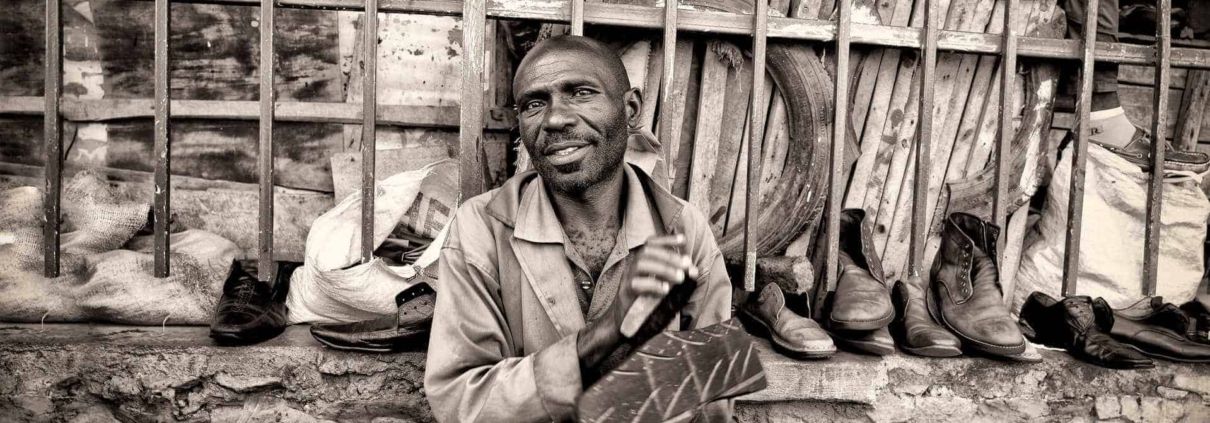 (c) Ilan Wittenberg
(c) Ilan Wittenberg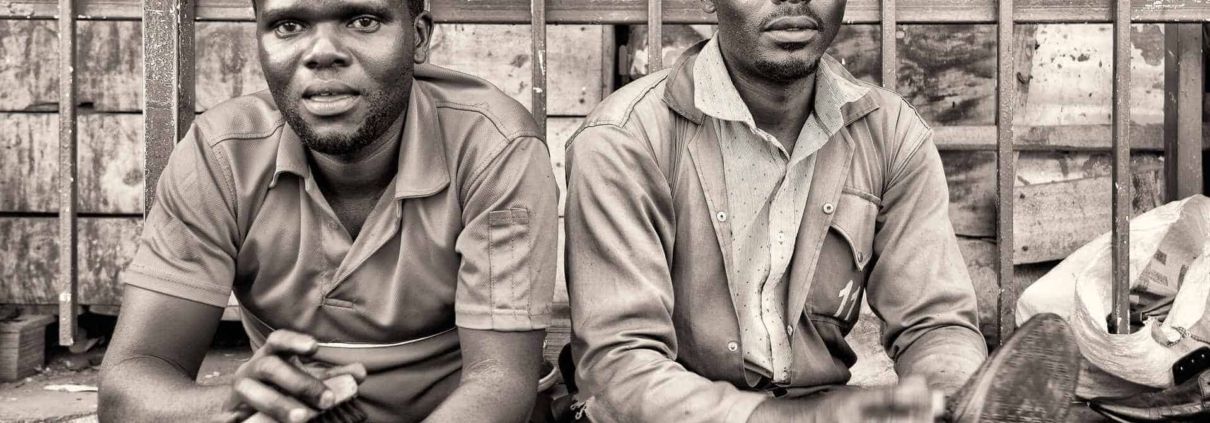 (c) Ilan Wittenberg
(c) Ilan Wittenberg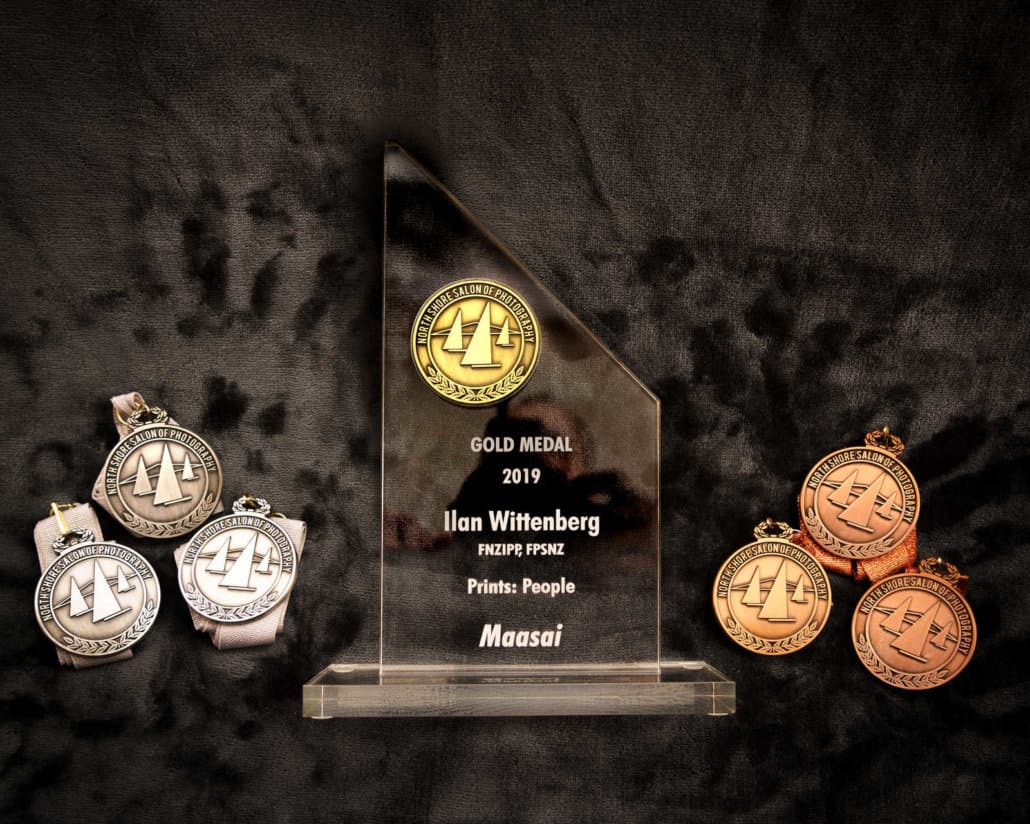
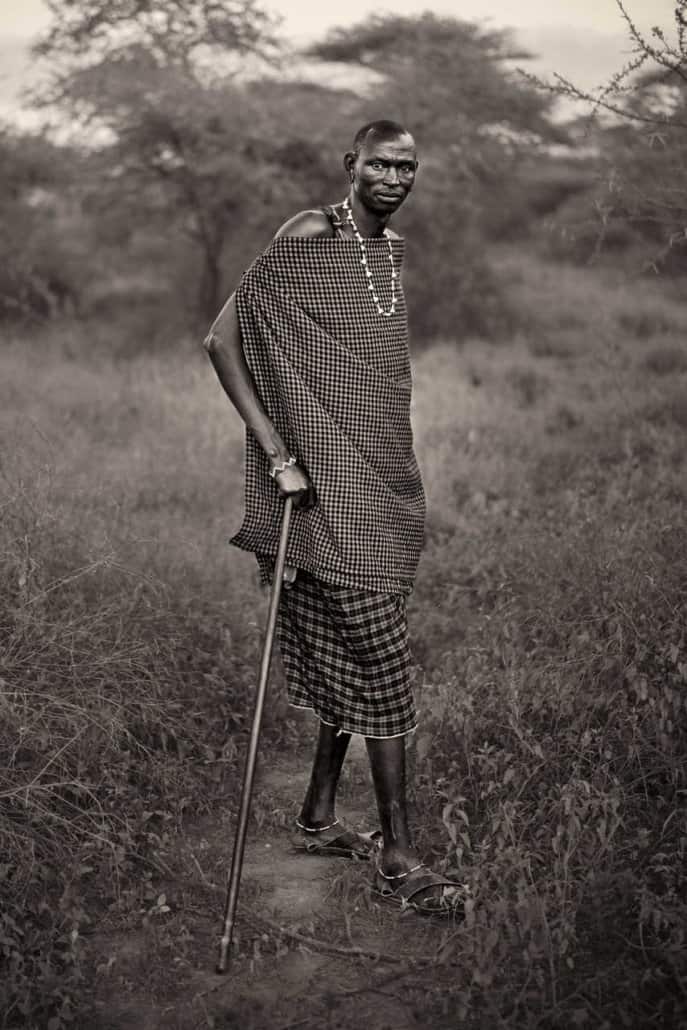


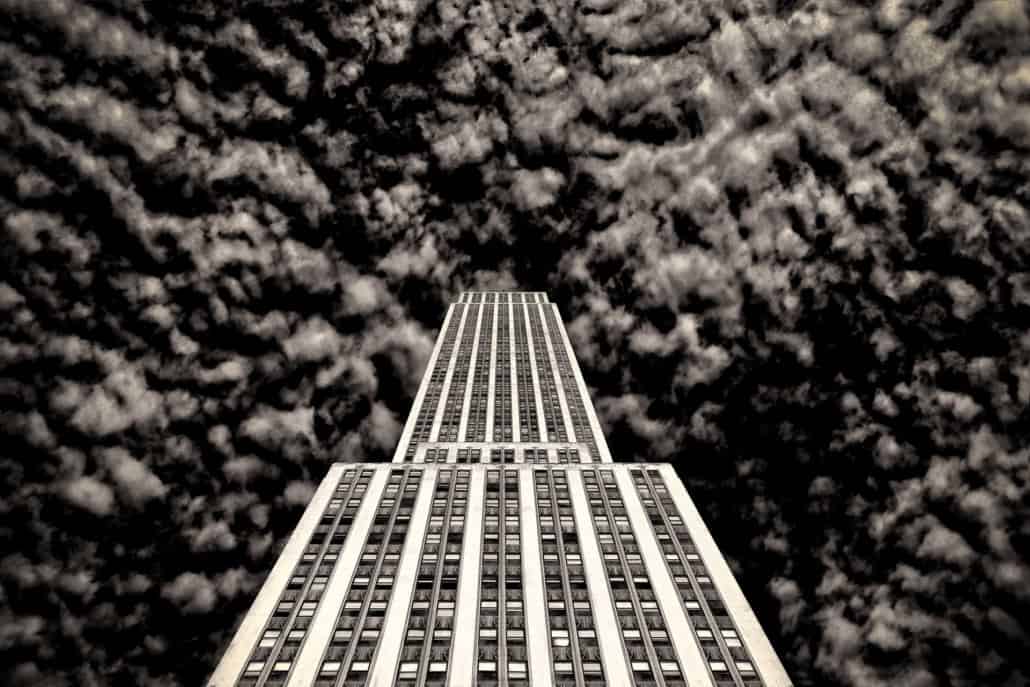
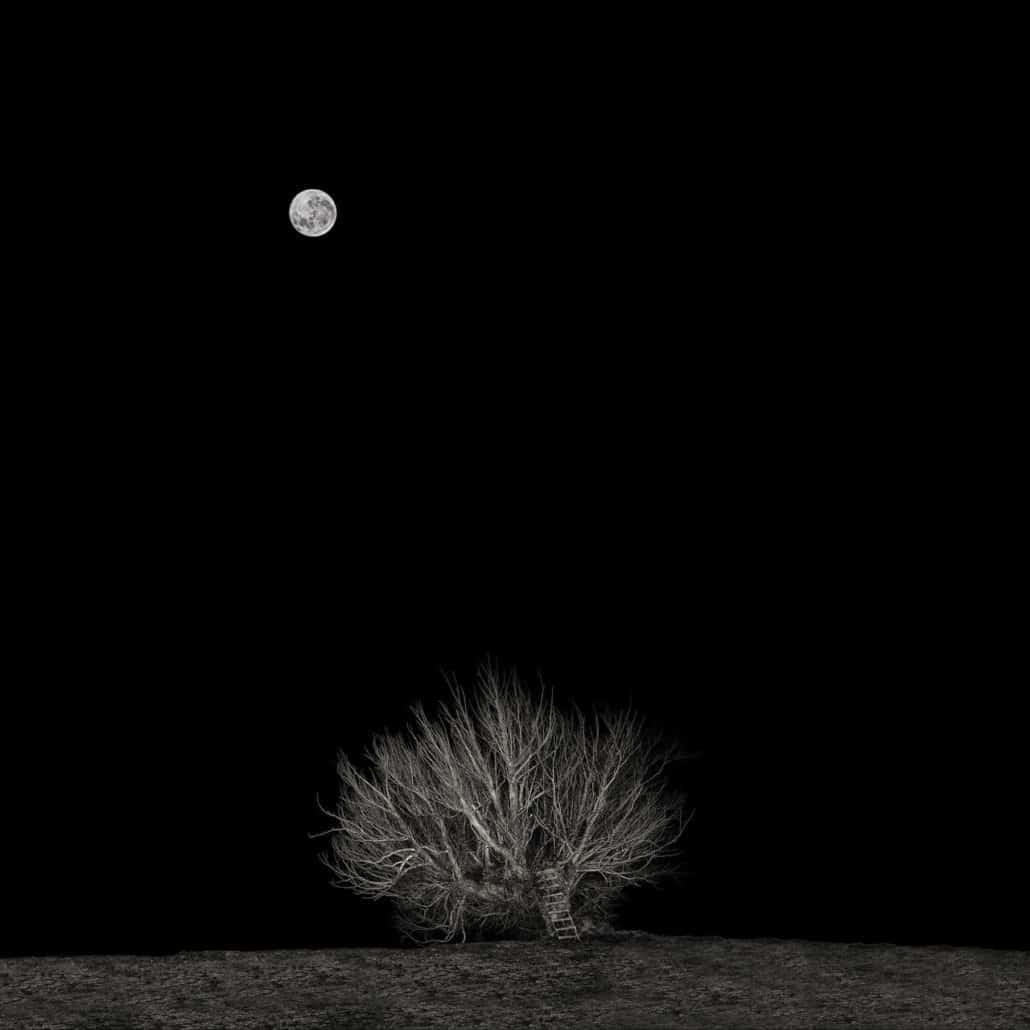

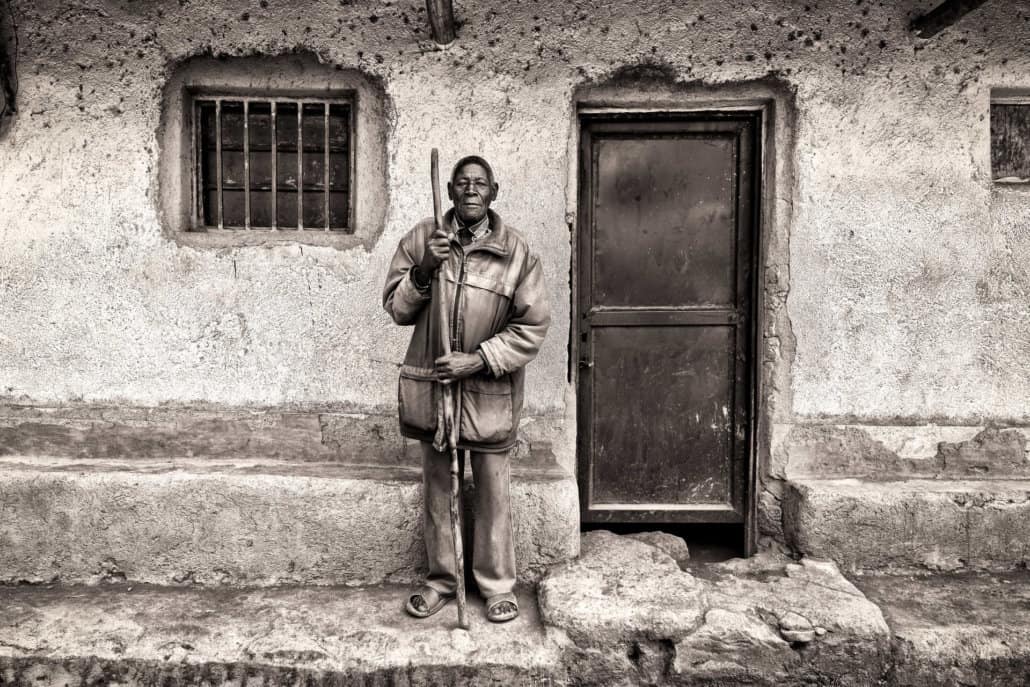
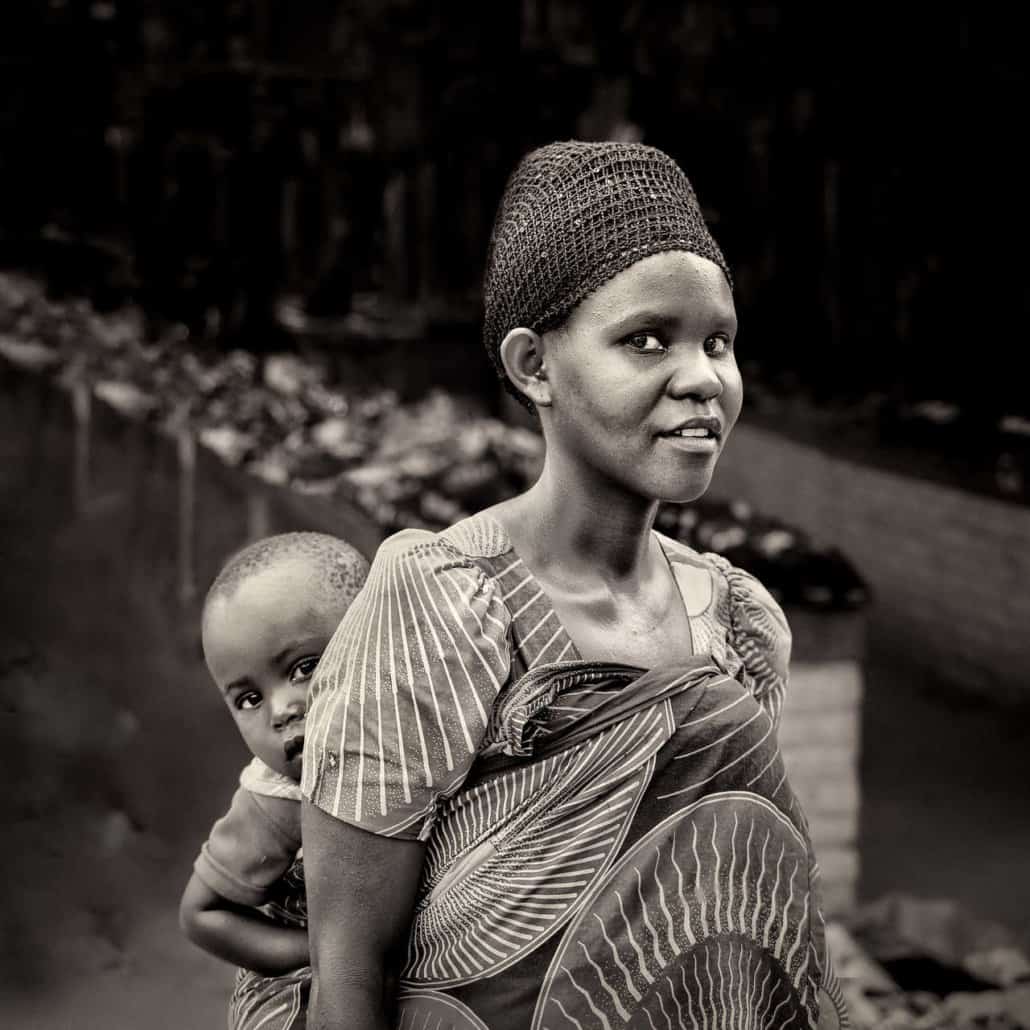

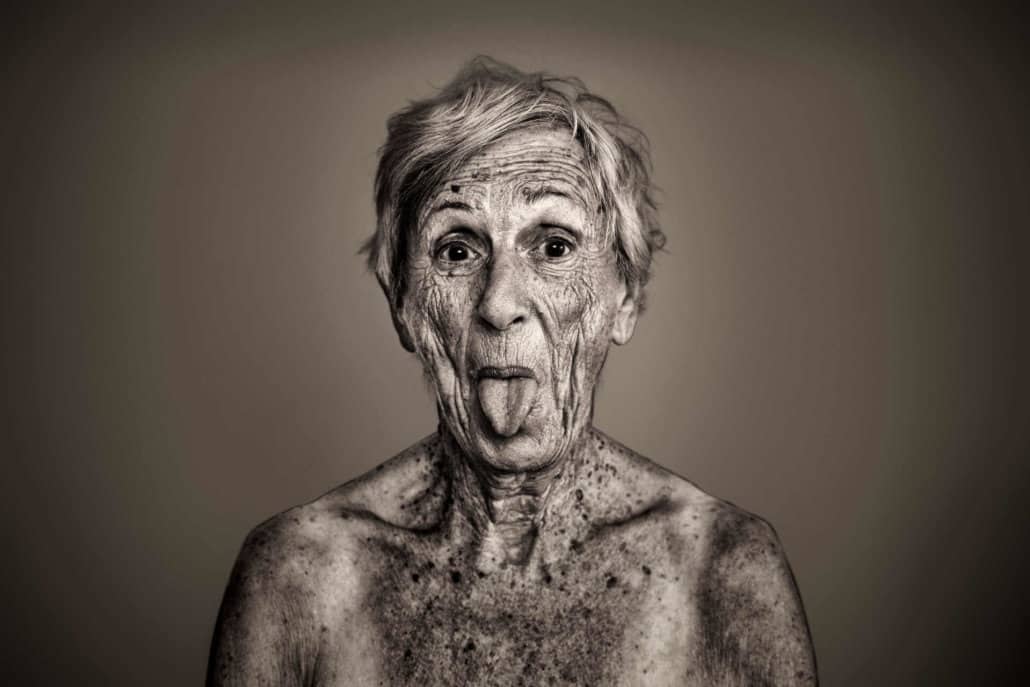
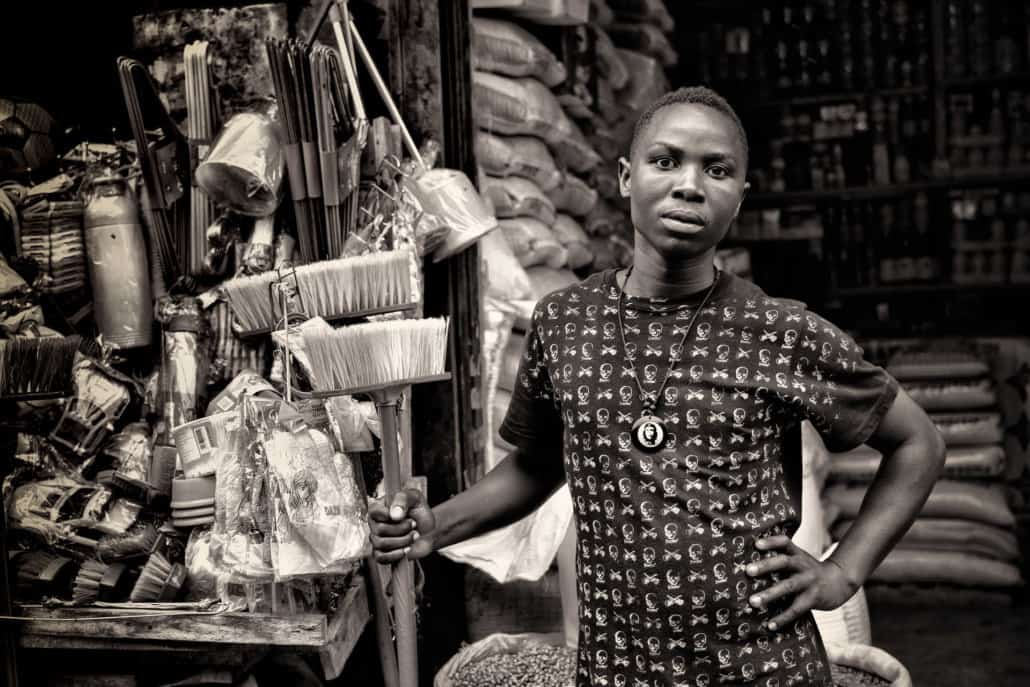
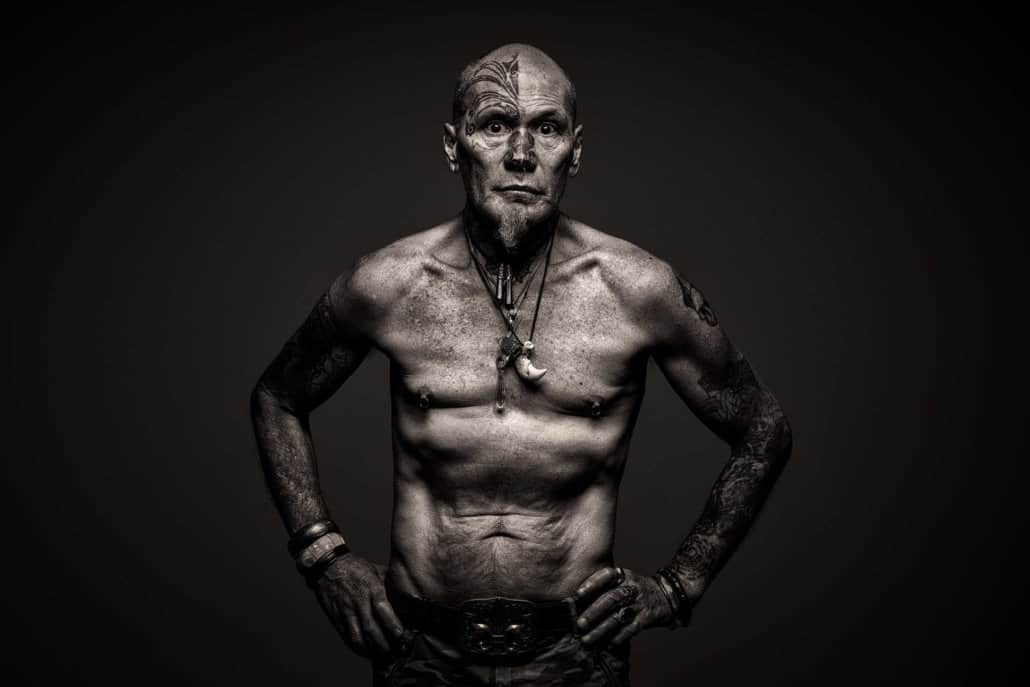

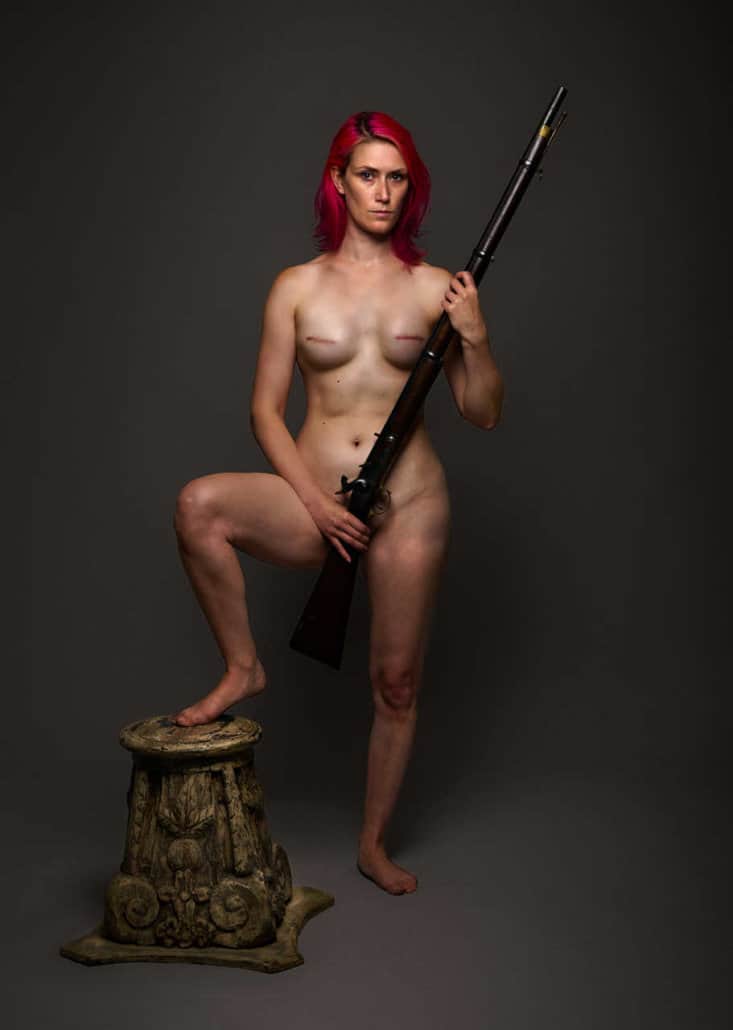
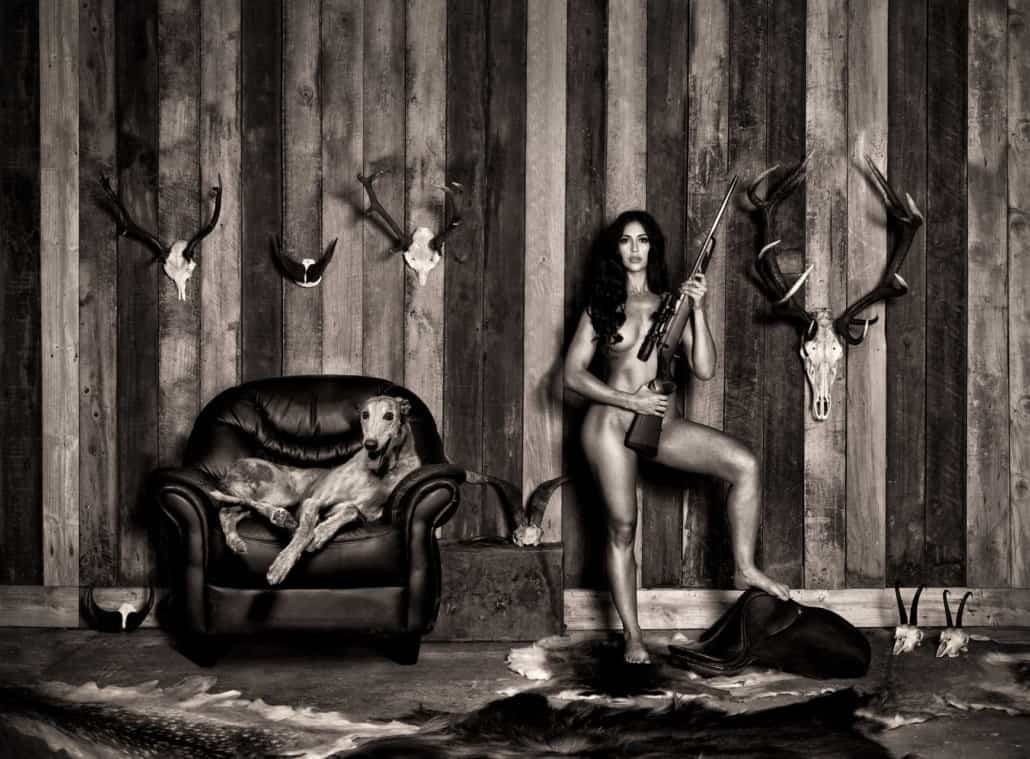
 (c)
(c) 
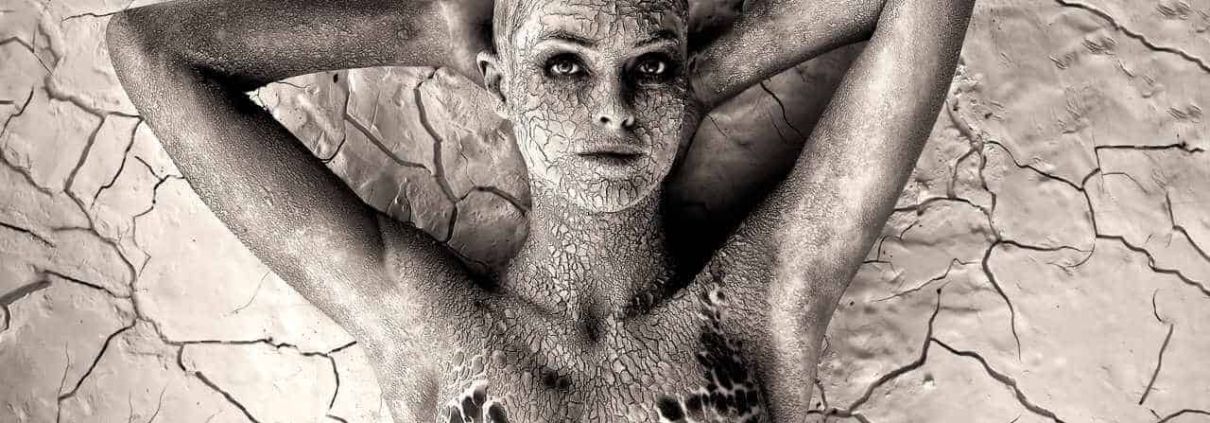 (c) Ilan Wittenberg
(c) Ilan Wittenberg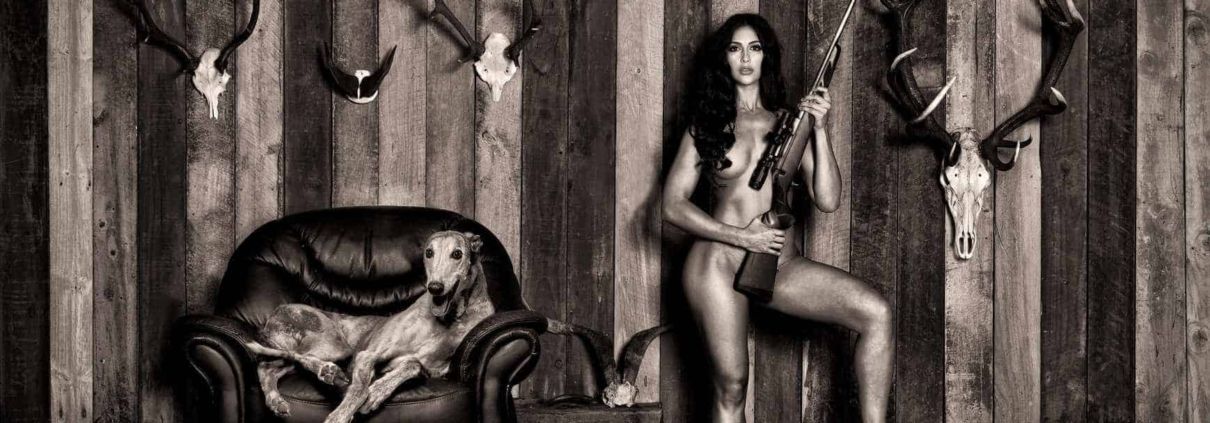 (c) Ilan Wittenberg
(c) Ilan Wittenberg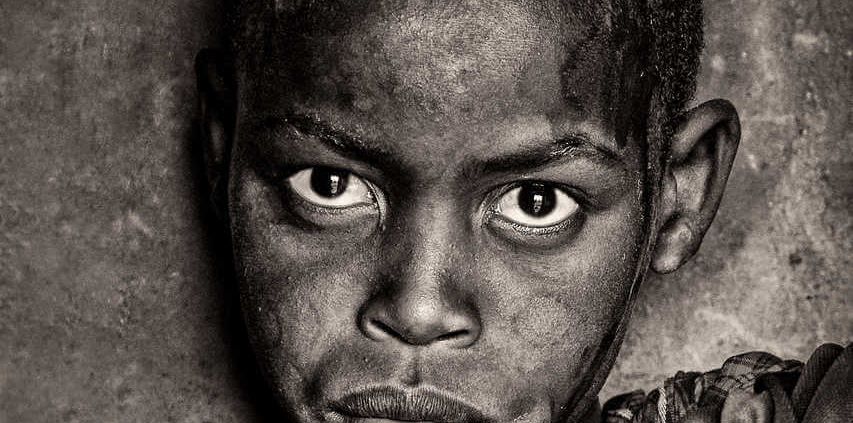
 (c) Ilan Wittenberg
(c) Ilan Wittenberg
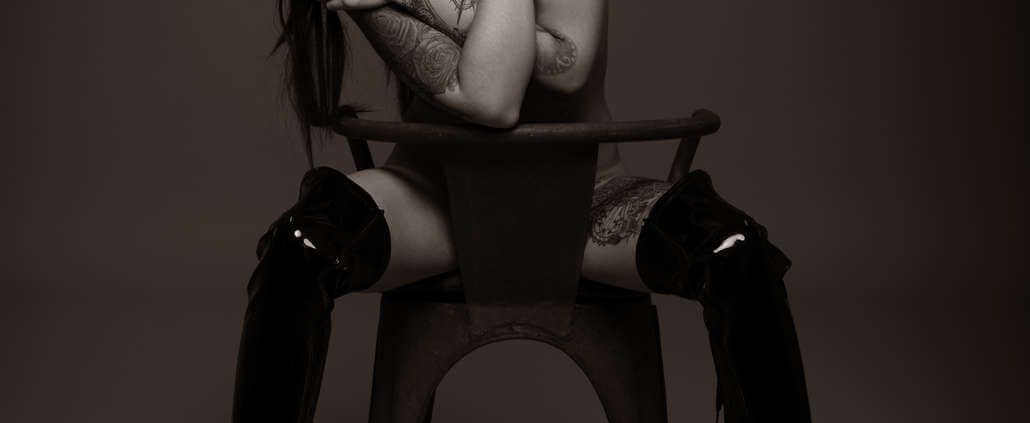 (c) Ilan Wittenberg
(c) Ilan Wittenberg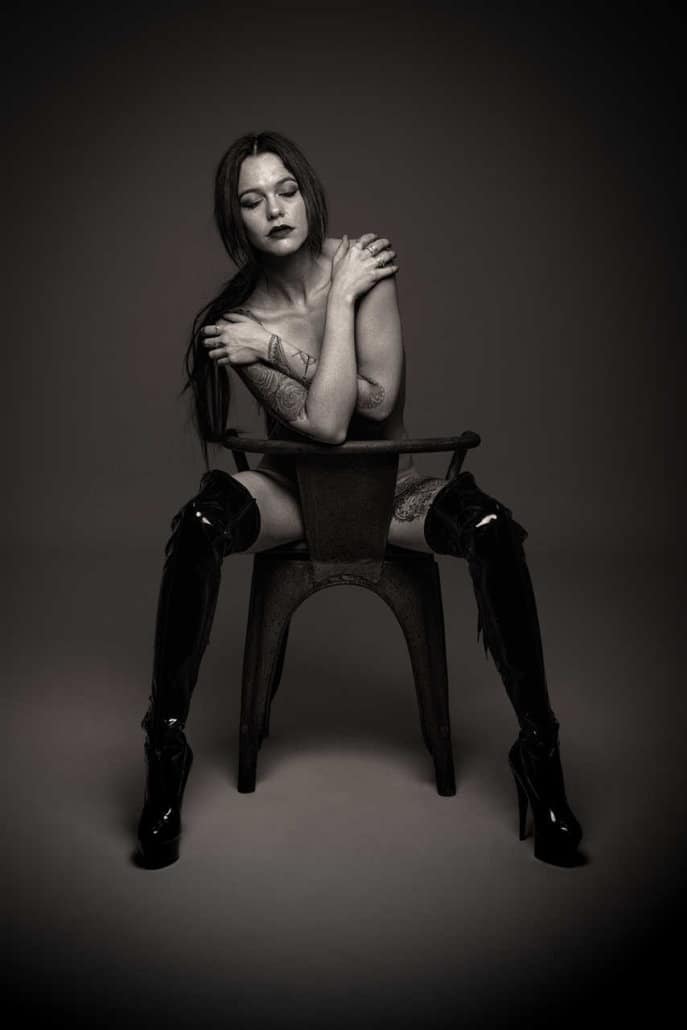
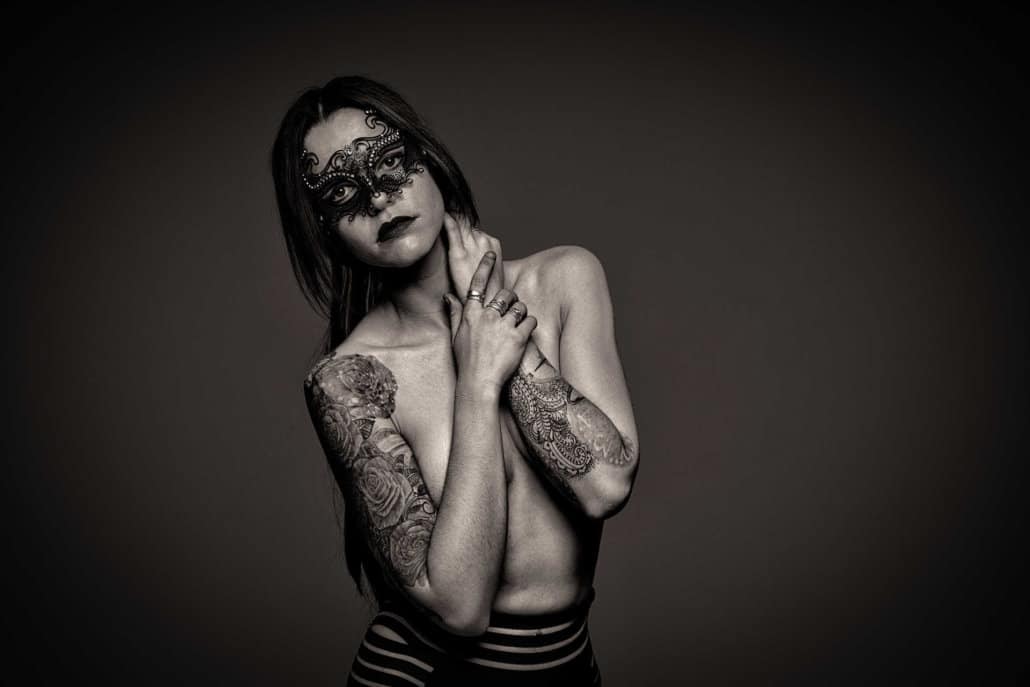
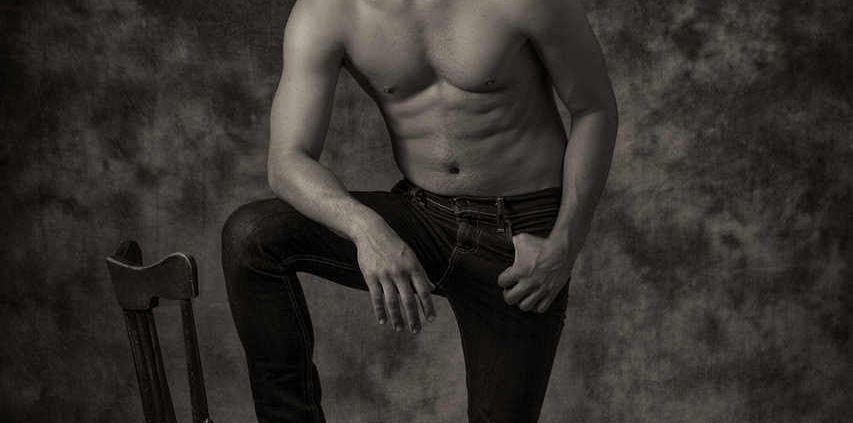 (c) Ilan Wittenberg
(c) Ilan Wittenberg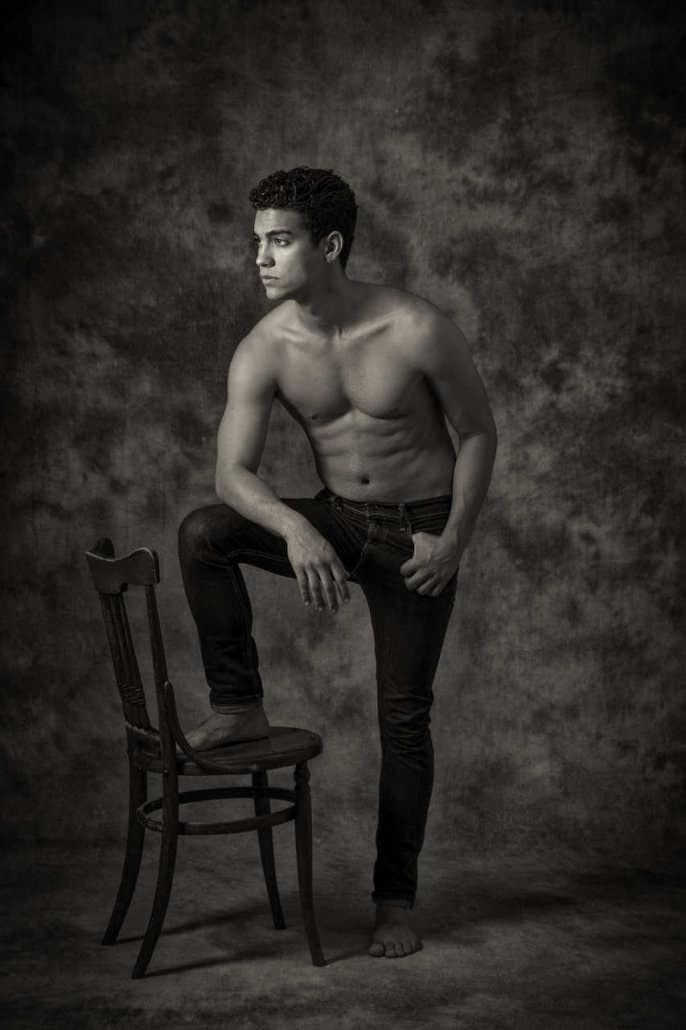
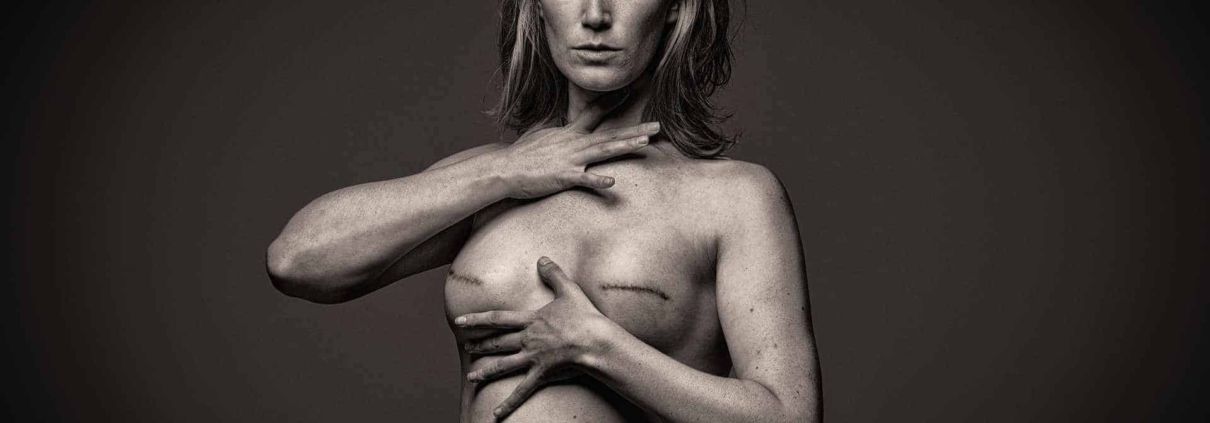 (c) Ilan Wittenberg
(c) Ilan Wittenberg (c) Ilan Wittenberg
(c) Ilan Wittenberg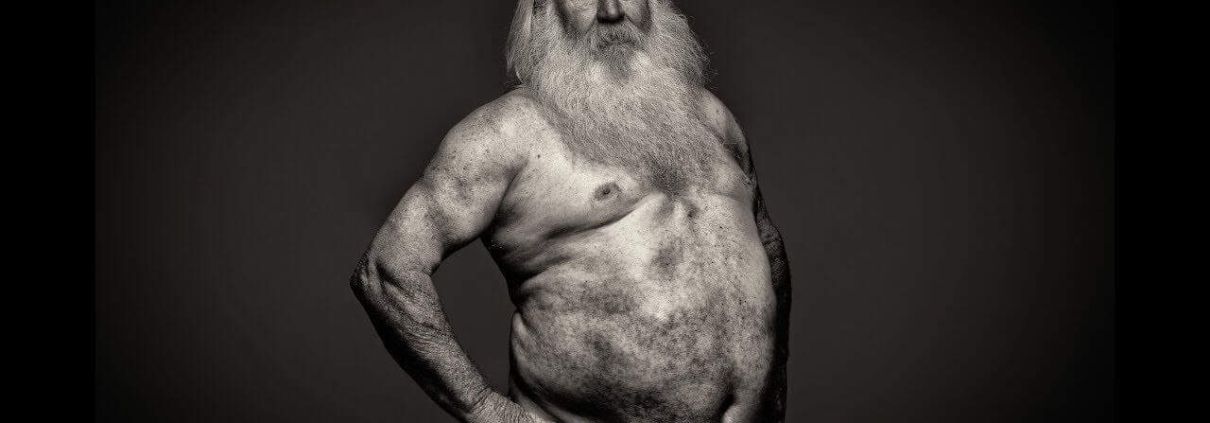
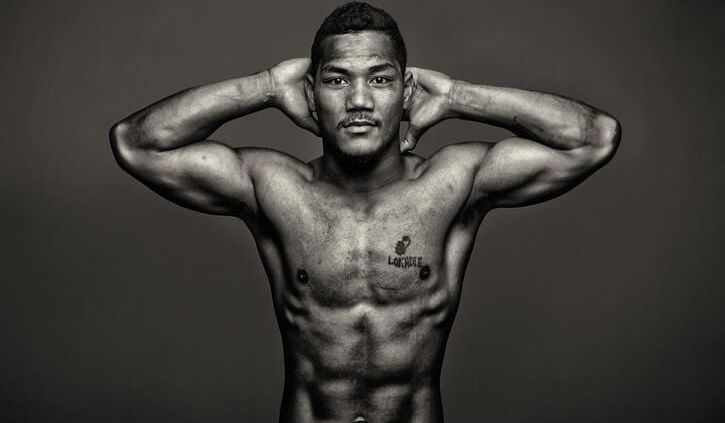
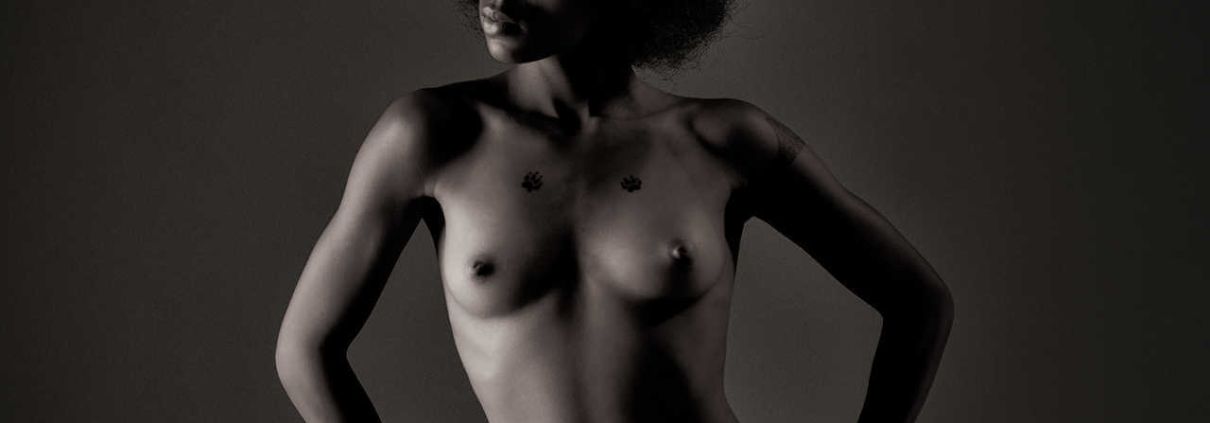 (c) Ilan Wittenberg
(c) Ilan Wittenberg
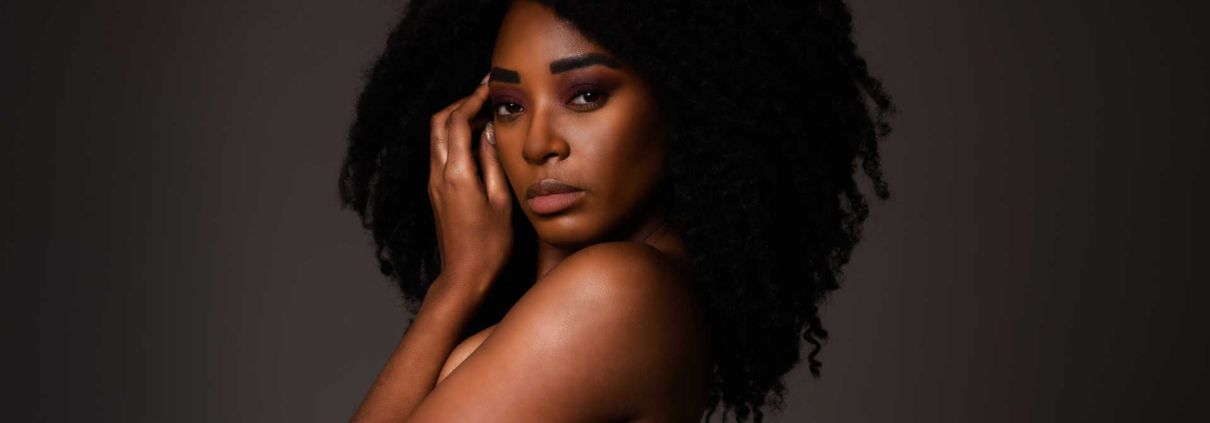 (c) Ilan Wittenberg
(c) Ilan Wittenberg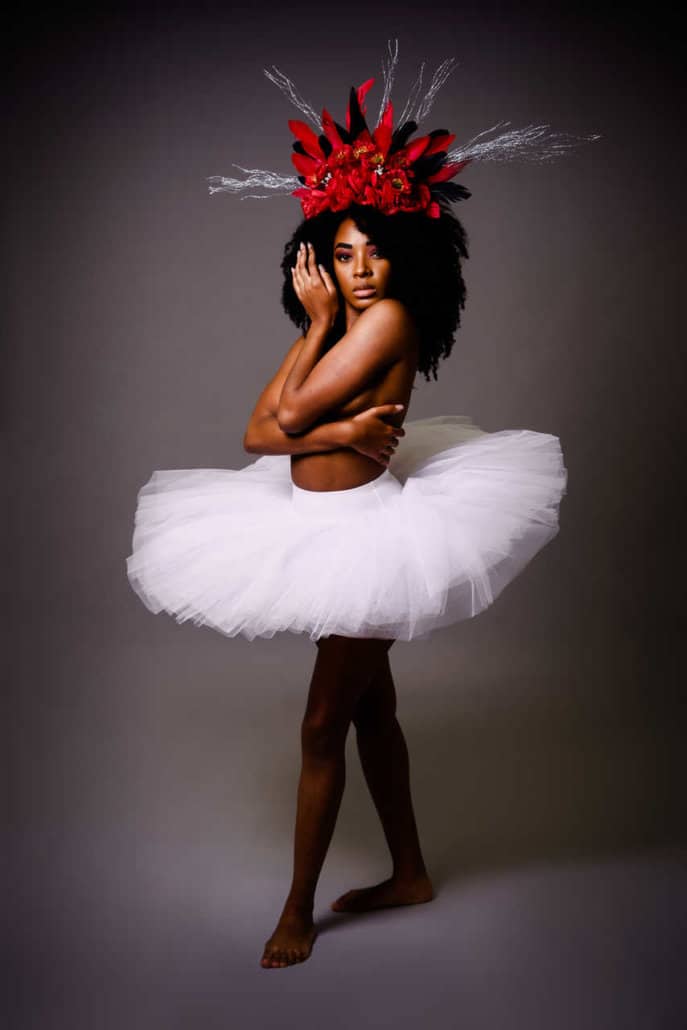
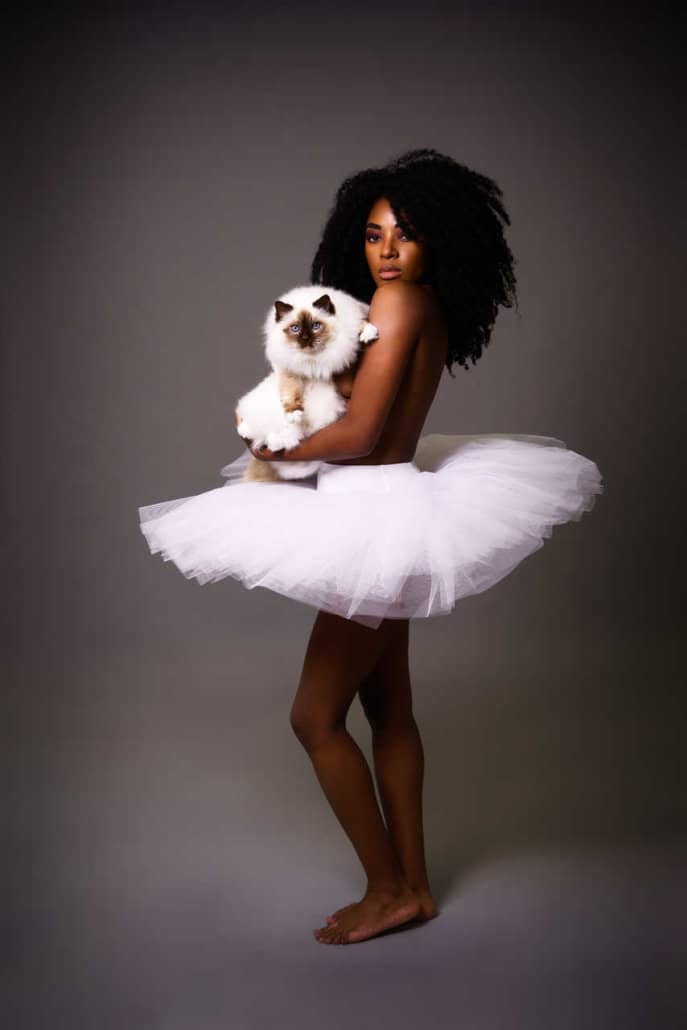
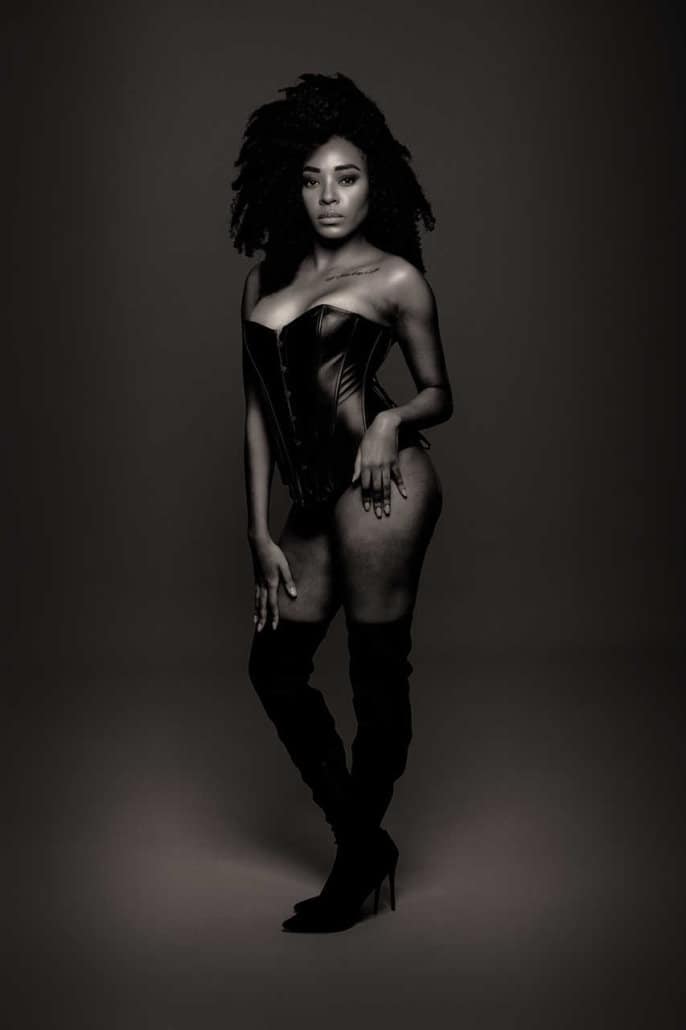
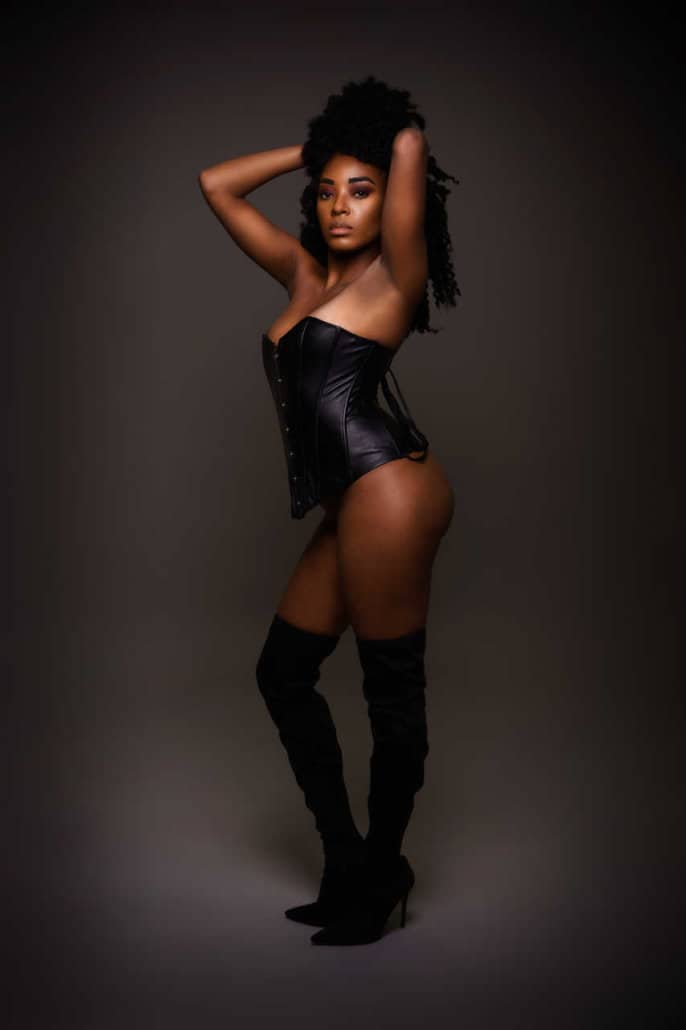
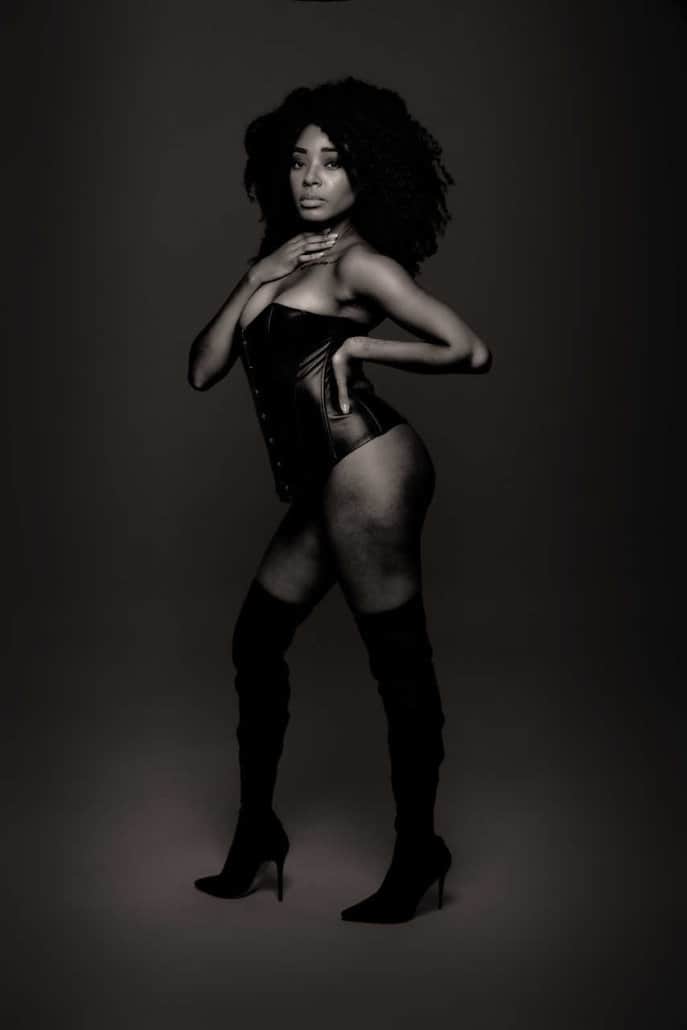
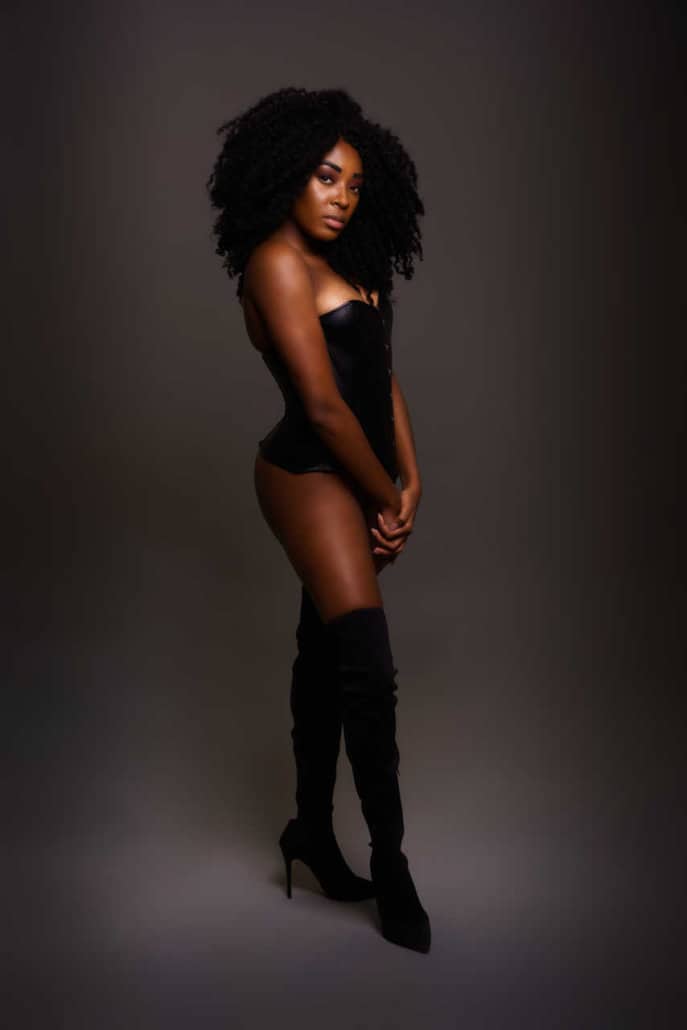
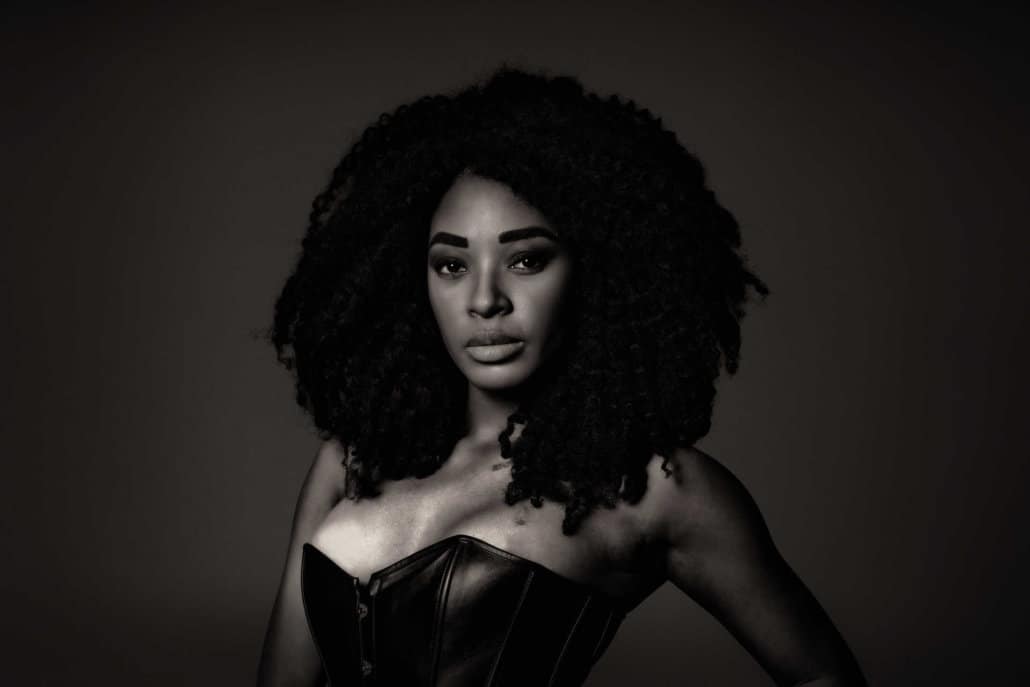

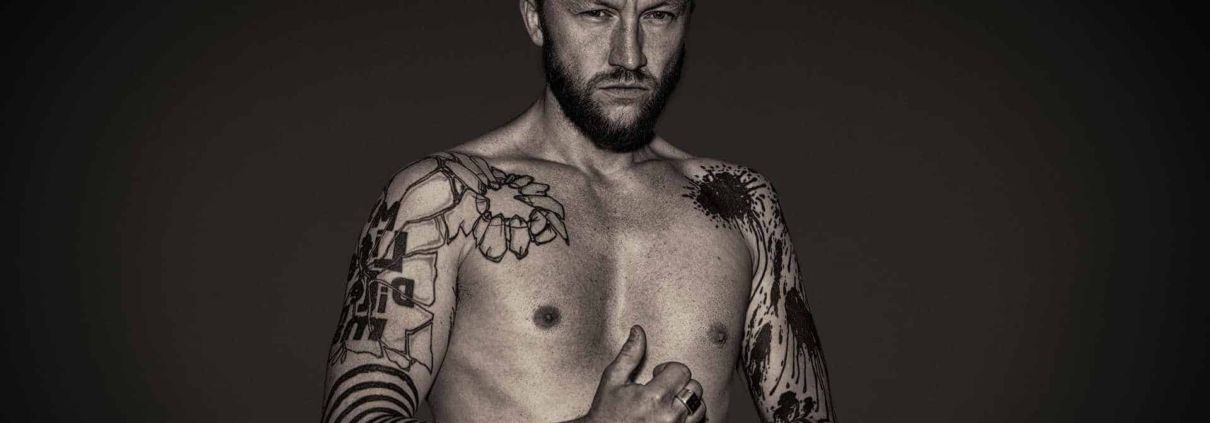 (c) Ilan Wittenberg
(c) Ilan Wittenberg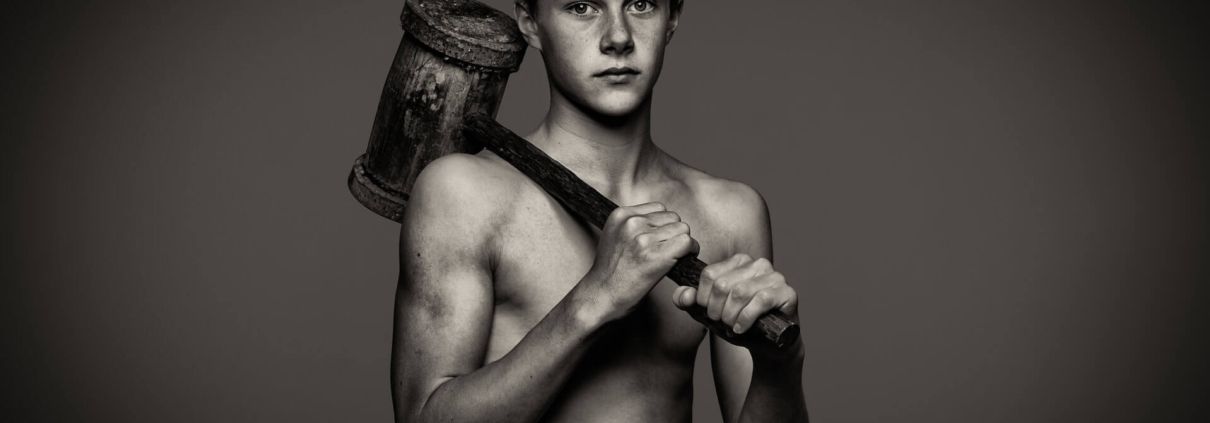 (c) Ilan Wittenberg
(c) Ilan Wittenberg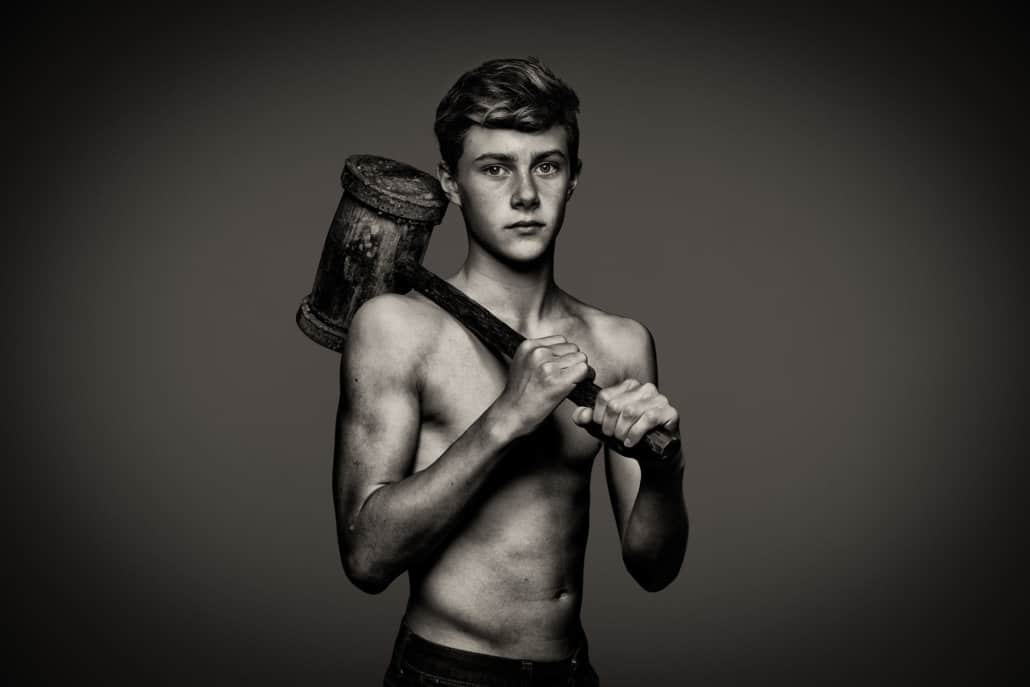
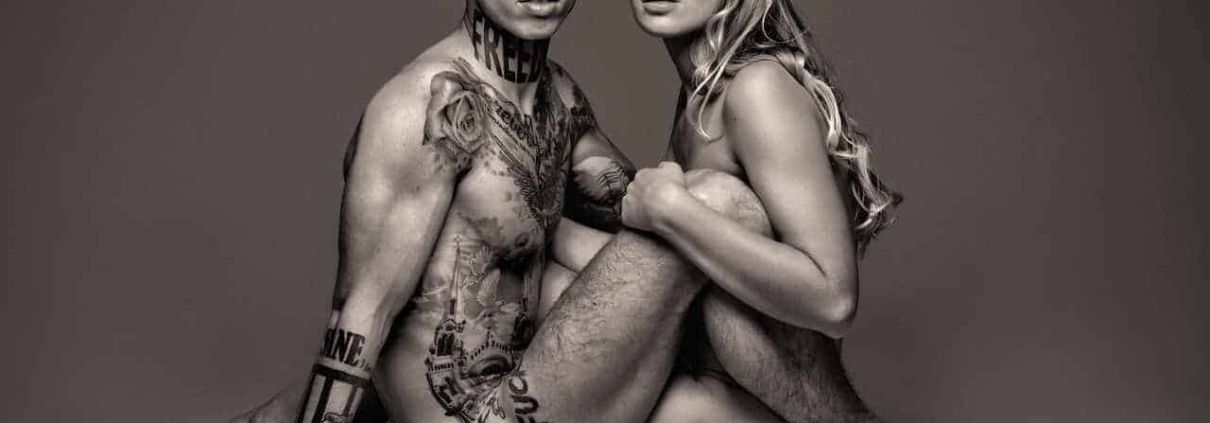 (c) Ilan Wittenberg
(c) Ilan Wittenberg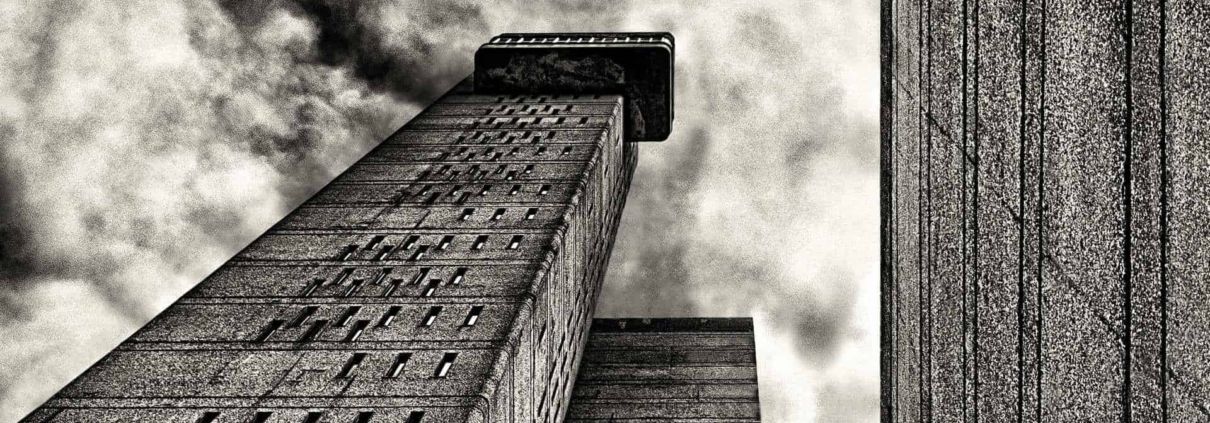 (c) Ilan Wittenberg
(c) Ilan Wittenberg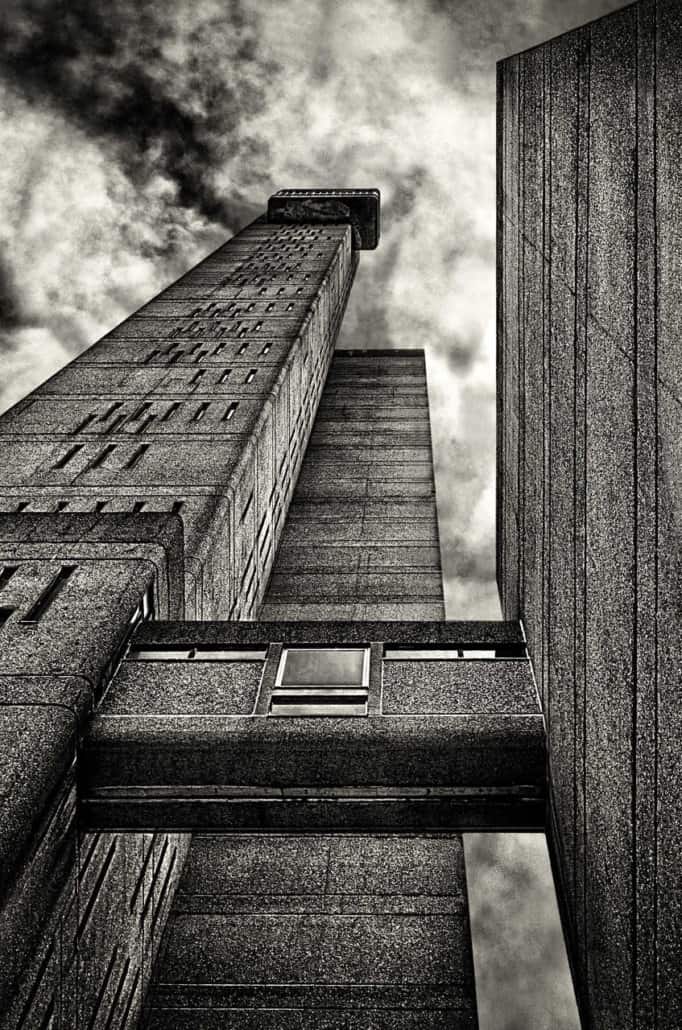
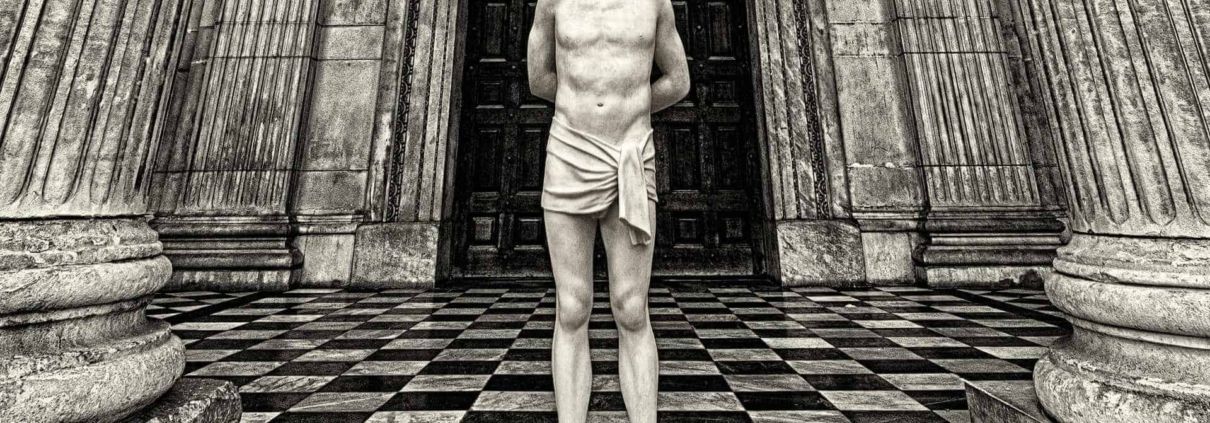 (c) Ilan Wittenberg
(c) Ilan Wittenberg